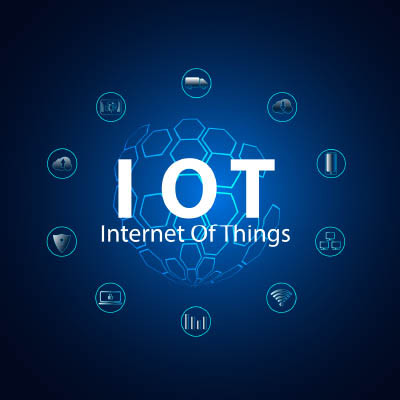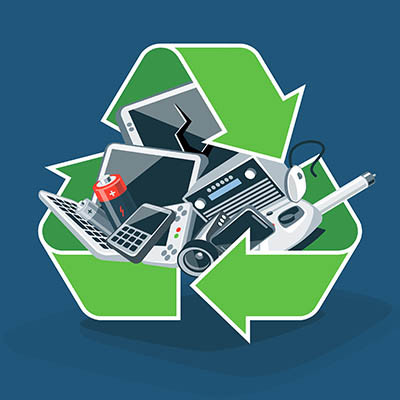You’ve probably heard various terms like network hubs, network switches, and network routers, but do you know what these devices are, and more importantly, what differentiates them from one another? Each of these devices serves a different purpose, and depending on your business’ needs, one might be better than the other. Let’s look at the differences between all of these networking devices and why you might choose each one for running your business.
WatchPoint Solutions Blog
In the grocery store, we’re given the estimated date that the food we’re buying will turn, helping us to make more informed decisions about what we are purchasing and the quality therein. Wouldn’t it be nice if the same could be said about the technology our businesses rely on?
Well, moves are being made to establish this as the standard in tech as well.
Smart gadgets are everywhere these days—video doorbells, voice assistants, and even things like floss dispensers and breast pumps. While these devices are all very different, they usually share one big issue.
The U.S. Federal Trade Commission (FTC) is worried because many smart devices don’t tell you when they need updates—or worse, don’t offer updates at all.
We’re all hooked on our devices. You likely wouldn’t think about driving an hour each way to retrieve your smartphone if you left it at home and would otherwise be without it for a couple of days. It’s not even an option to go that long without access to your phone nowadays... but is all that exposure to screens good for you?
Studies have shown that—especially with people with desk jobs—doing what you can to limit screen time can have some benefits. Let’s review some.
Smart devices have found their way into most businesses' IT infrastructures, as they offer convenience and efficiency that others do not. However, they also bring with them a certain security risk. These Internet of Things devices do not have the same security features as their business-grade counterparts, making them ideal targets for hacking attacks.
The Internet of Things, or IoT, is everywhere. Right now, you probably have a device that is part of the IoT within reach, or on your person. Many businesses use the Internet of Things for various purposes, but behind this use lies significant risks from cyberthreats, and some seem to accept these risks without much concern...as in, the vast majority of businesses utilizing the Internet of Things exhibited a lack of protection, but they were not bothered by it.
The laptop is one of the most useful innovations in modern computing—not only is it capable of accomplishing most (if not all) modern workplace tasks, it does so while offering the portability that today’s mobile operations require. However, these productivity workhorses don’t last forever…but how do you know when the time has come to upgrade?
No matter how new a device is, the unfortunate truth is that it will not last forever. Eventually, you will need to replace your device; the question then becomes what you do with your old technology. While you could just throw it in the trash, this is not only wasteful but also a security risk. In order to protect both your personal data and the environment, you must go through the proper channels to make sure that e-waste gets properly disposed of.
For a considerably long time—over 40 years—Apple has staked the claim that their devices are pretty much hack-proof, that most hackers wouldn’t even try breaking into their security measures. Law enforcement was so repeatedly rebuffed by the company as they sought workarounds to get into their devices, that these law enforcement agencies figured it out for themselves.
In doing so, they uncovered a few things that even the most ardent Apple fans may be surprised to hear.










